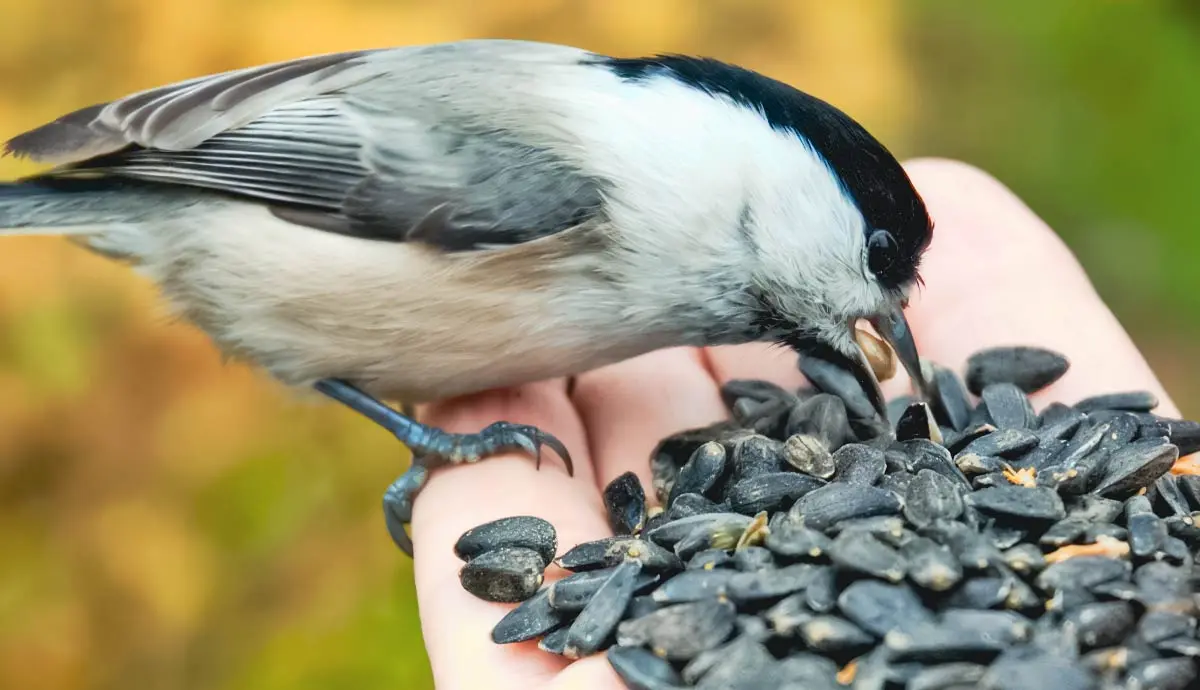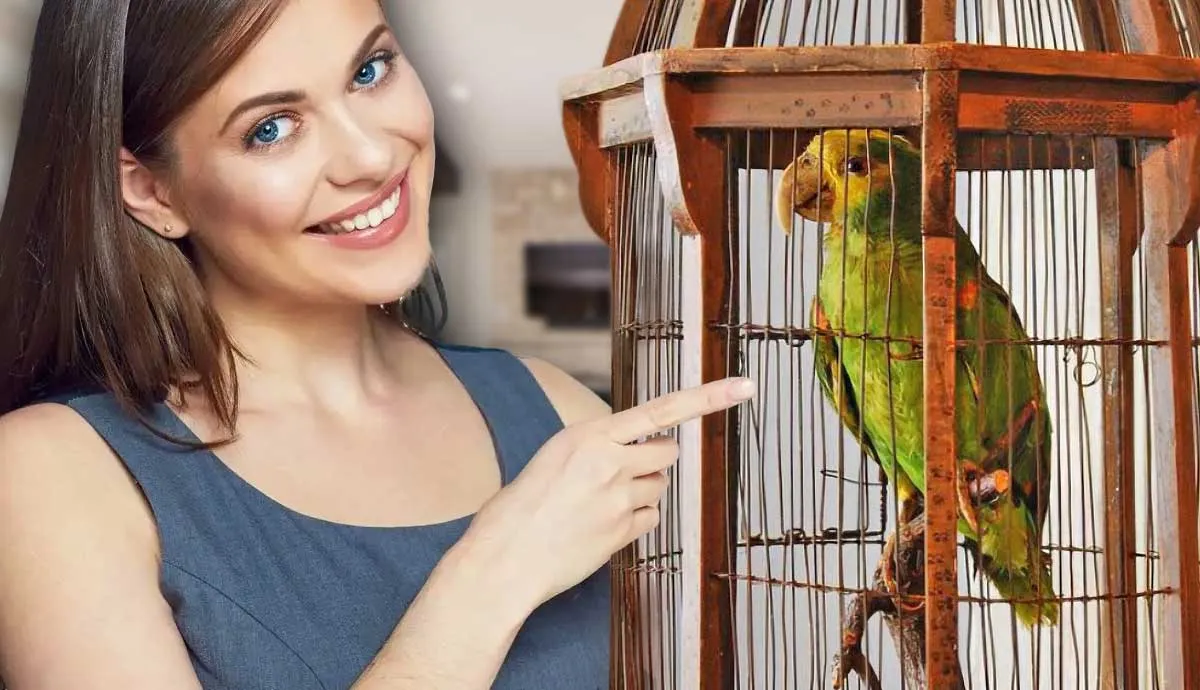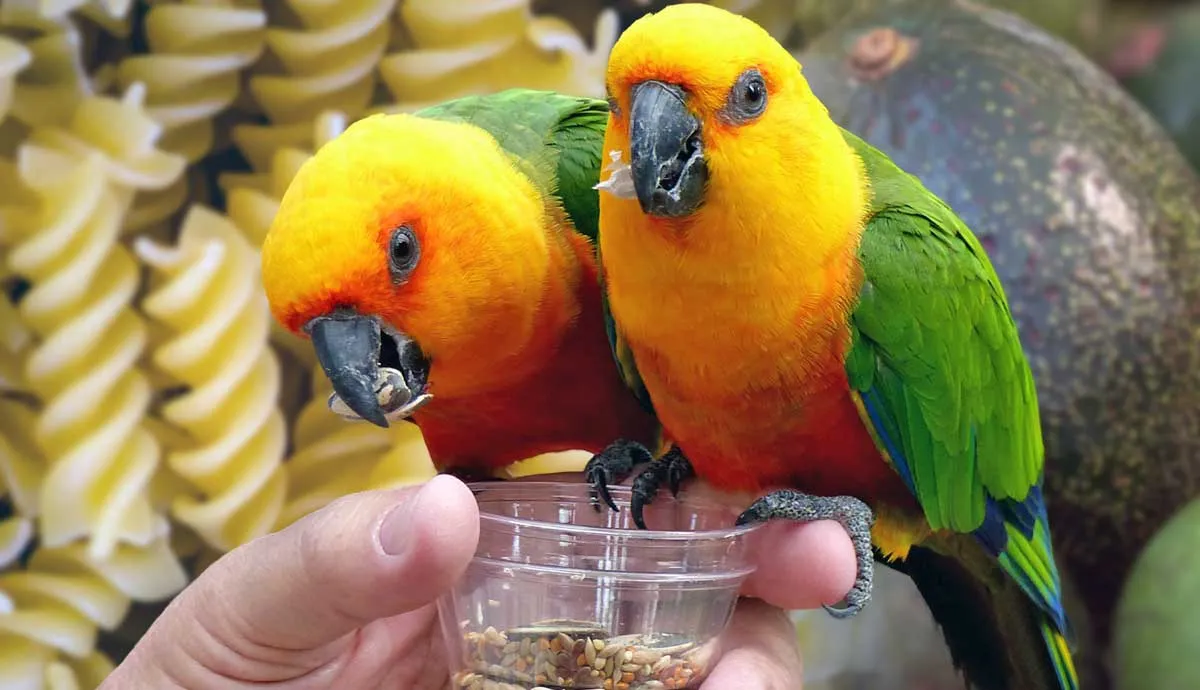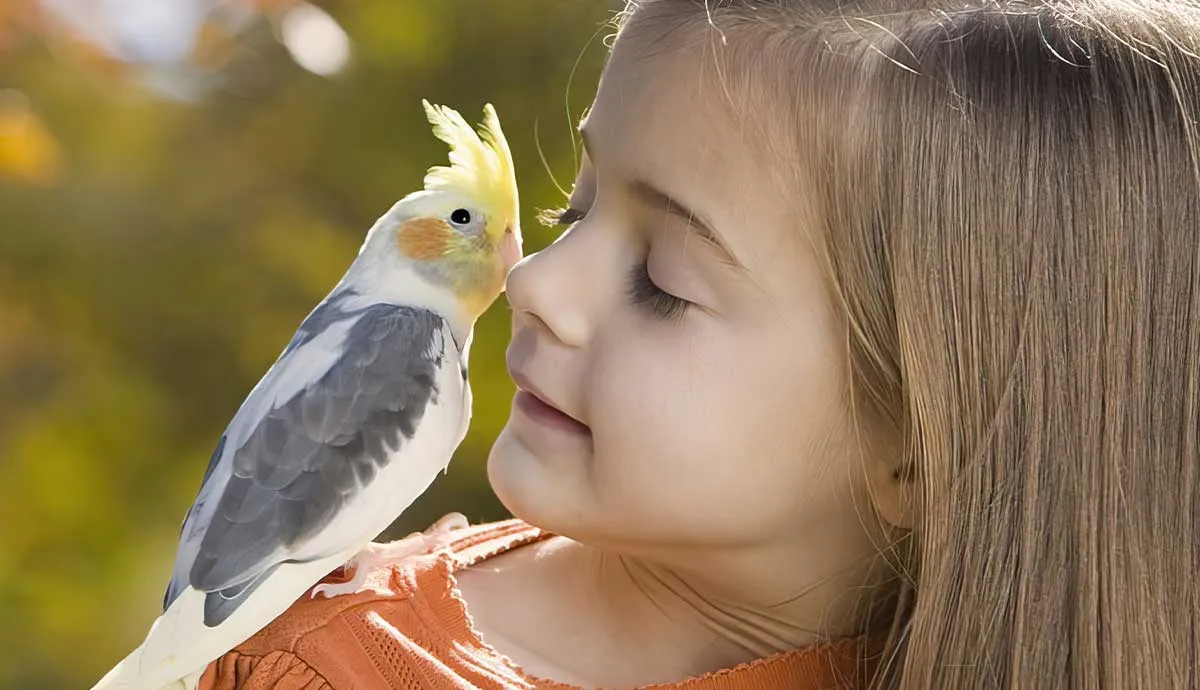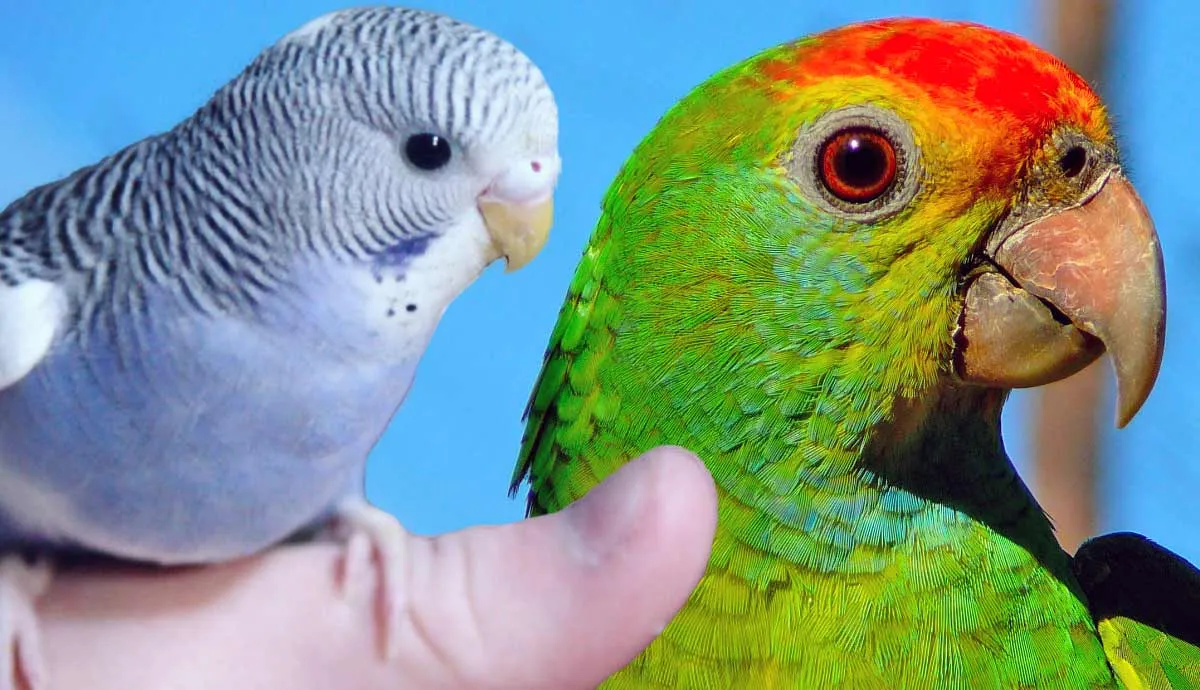You may be wondering if the bird seed you are putting in your bird feeders is good enough for the feathered friends who visit your yard. For some bird species, that bag of seed is sufficient, but for other birds, they need nectar from flowers or insects to round out their diet. Keep reading to find out more about birds and their diets.
What Birds Eat

Chances are you do not know all the bird species that are visiting your yard, from the smallest hummingbird to the largest hawk. What you need to figure out is which of these feathered creatures you want to keep luring back to your yard. Once you know which birds you want to feed, it is a matter of providing the right food to keep them coming back for more.
Most songbirds eat insects and spiders during the summer months. During colder months when insects and spiders are scarce, they will find seeds, nuts, and acorns. If they have difficulty finding food, they will feed on human leftovers and even dead animals.
Birds’ diets vary from species to species, whether it is seed-eating budgies or fish-eating pelicans. Here is a short breakdown of what birds eat:
- Seeds
- Plants
- Grubs, larvae, insects, worms
- Pollen or nectar
- Fruits and veggies
- Peanuts, acorns, and other nuts
- Small mammals
- Snails, invertebrates, and mollusks
- Lizards, snakes, reptiles, and amphibians
- Other birds
- Fish
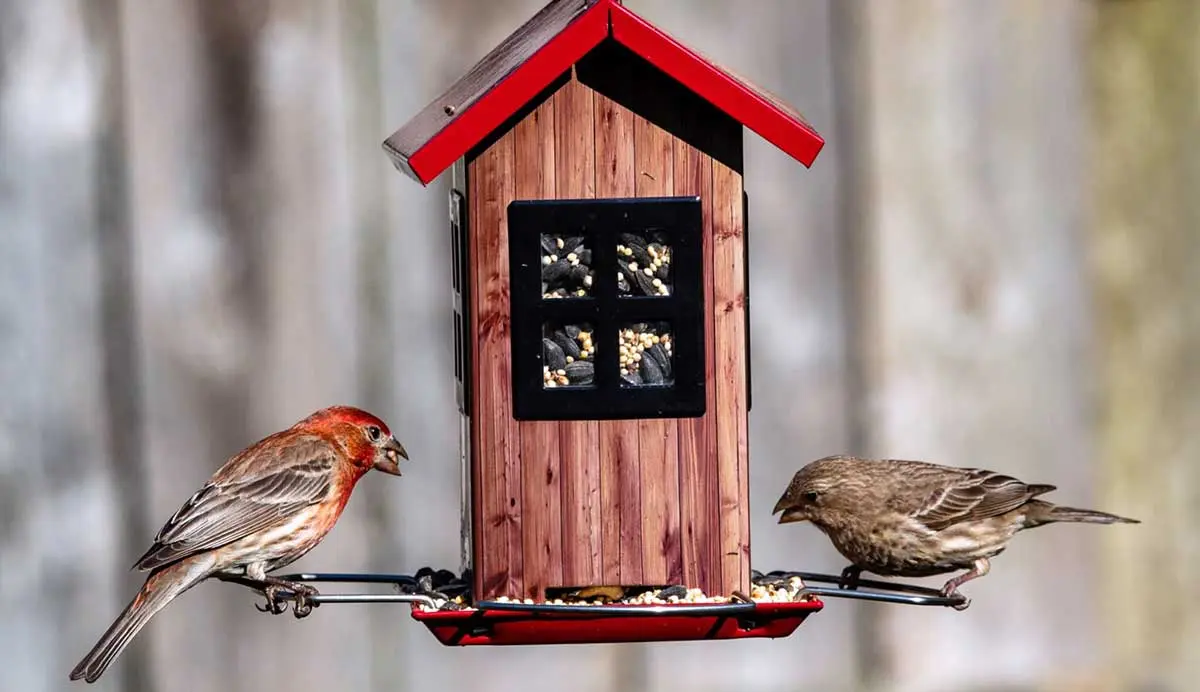
You can categorize all bird types into several groups, including the following:
- Seed-eating
- Frugivores
- Nectar-eating
- Worm-eating
- Insectivores
- Egg-eating
- Fish-eating
- Mammal-eating
- Amphibian-eating
How Birds Find Food
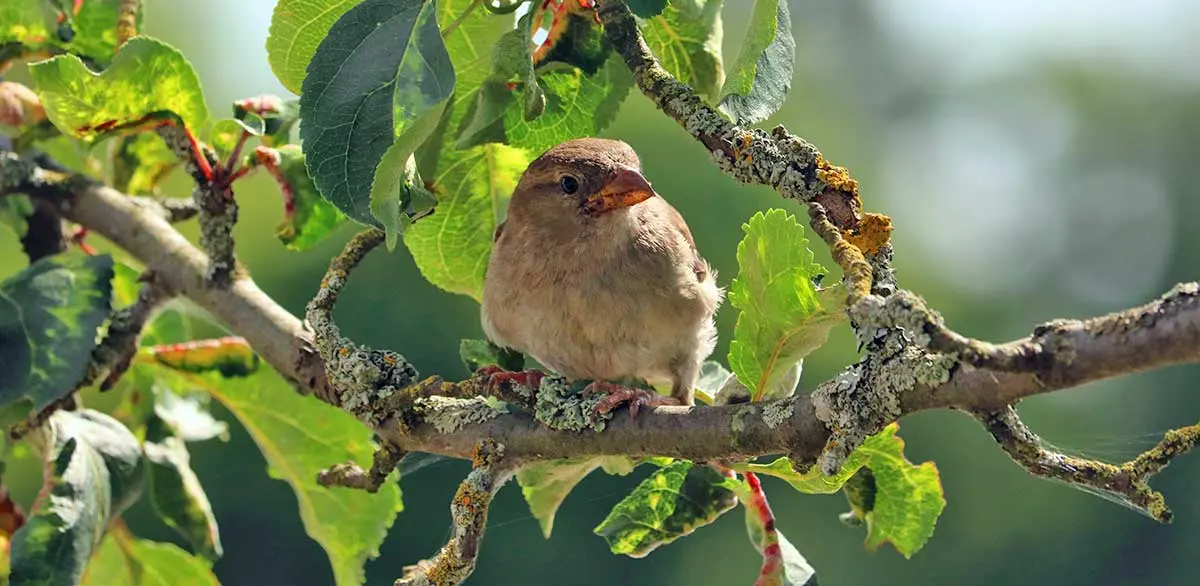
Birds must eat often to maintain energy levels and body weight. Finding food can sometimes become a challenge for these winged creatures. They are natural hunters and foragers and will fly around to survey an area while searching for a food source. Ground birds or flightless birds can cover large distances searching for new food sources.
Some birds have an excellent sense of smell such as parrots, eagles, and kiwis. They can find their food by using their olfactory glands. Most other birds use their amazing vision to find food. Wild birds will visit the feeders in your yard, especially during the months when food sources are scarce.
Some Birds Eat Other Birds
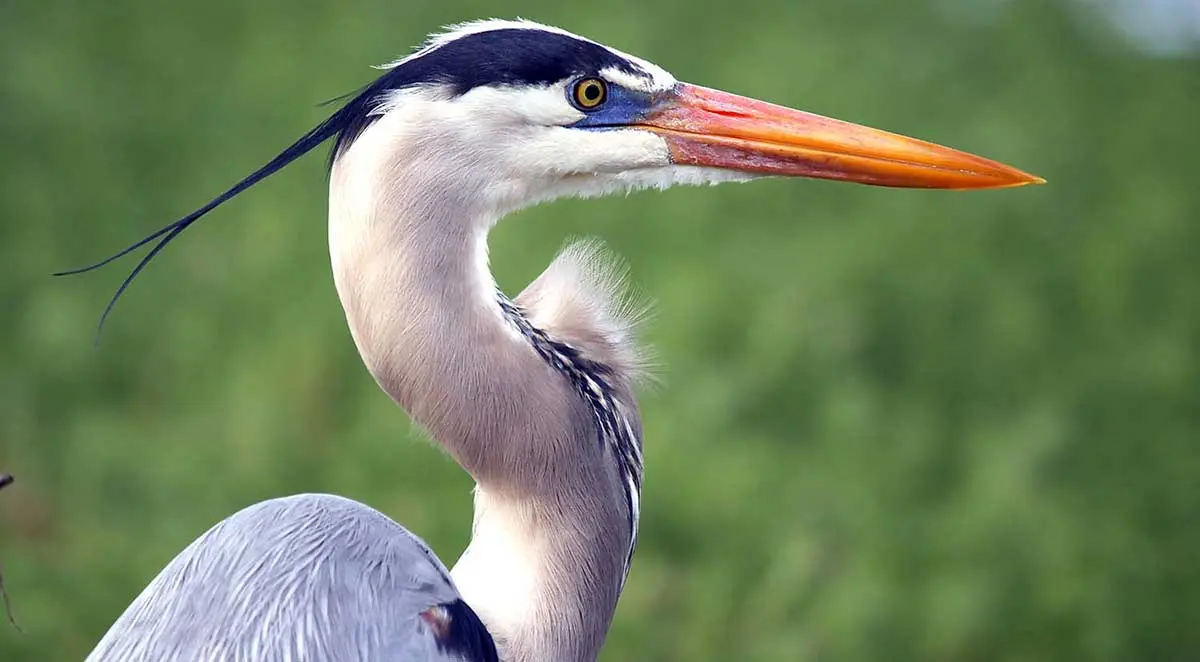
There are bird species that require a lot of protein in their diet and will hunt smaller birds. These are called avivores and the biggest part of their diet is other birds. Here are some of the more common bird-eaters:
- Great Blue Heron – eats fish, amphibians, insects, and birds
- Northern Shrike – eats small birds, rodents, and insects
- Red-tailed Hawk – eats small mammals, birds, crabs, and some insects
- Besra – eats dragonflies, insects, lizards, birds, and rodents
- Shikra – eats birds, insects, small mammals, and reptiles
- Peregrine Falcon – small mammals, birds, reptiles, and amphibians
- Blue Jay – eats eggs and nestlings, and corpses of birds already dead
- Red-headed Woodpecker – eats anything from anthropoids to nestling birds
- American Crow – eats eggs and nestlings, especially loons, robins, jays, and terns
- American Raven – eats baby tortoises, birds, small dead animals
Best Food for Bird Feeders

Determining the best food for your bird feeders will depend on the time of year and what species you are hoping to attract. A freshwater source is also a good idea when you are trying to attract birds to your yard, especially during hot summer months.
In the spring and summer, feeders should be filled with seeds, mealworms, fruits, and nectar. Research the bird species you see and if you notice bigger birds are scaring the smaller birds away, spread your feeders far enough apart so birds do not feel threatened. Hummingbird feeders should not be placed in direct sunlight; the nectar becomes extremely hot and can injure the hummingbirds. You can order seeds, nectar, and mealworms on Chewy or Amazon or check out your local PetCo.
In the fall, offer nectar, peanut butter, peanuts, Nyjer seed or thistle, and black oil sunflower seeds. Winter can be a little more challenging as birds need a lot more food to maintain body weight and survive the cold. Offer in your feeders, black oil sunflower seeds, suet, peanut butter, peanuts, and White Proso Millet.
What Not to Feed Birds

There are certain foods that wild birds should not consume. Hungry birds will try almost any food they can find, and that can be deadly, or at the very least, terrible for their overall health. Salty foods or sugary treats, especially human food including chips, bacon, candy, and heavily processed crackers and popcorn. Desiccated coconut can be a choking hazard and any moldy or spoiled foods should be discarded, not tossed out for the birds.
Several foods are toxic to birds, including:
- Artificial sweeteners
- Avocado
- Chocolate
- Coffee
- Cooked oats
- Fruit seeds and pits
- Garlic
- Onions
- Raw potatoes
Avoid commercial bird feed that has a lot of cracked corn, oats, milo, or wheat. Birds will generally avoid those foods unless they are desperate for food. Bread, especially store-bought should not be given to birds. These breads contain artificial flavors and preservatives.
Feeding Birds Year-Round
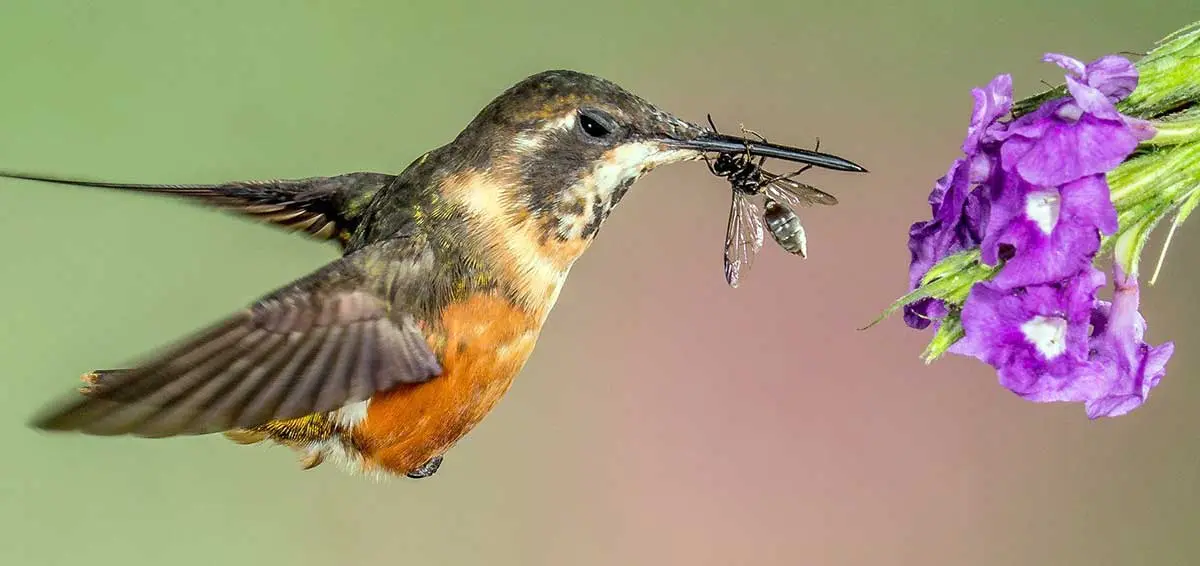
Many people just offer food in their bird feeders during the winter when food supplies are scarce. Hummingbird enthusiasts will offer nectar from spring through fall. Bird enthusiasts will fill their bird feeders year-round, changing the type of food that is being offered depending on the season and the type of birds visiting their yard.
Do a little bird watching and learn what bird species are visiting you, then decide if you want to encourage these birds to hang around and fill your feeders accordingly. Remember, the smaller birds may need a separate feeding area to keep the bigger birds from bullying them and taking all the food. Nectar feeders should be kept far enough off the ground that felines cannot annoy these tiny winged critters. Once you fill your feeders, sit back and spend lazy mornings watching the birds feasting on your culinary offerings.
